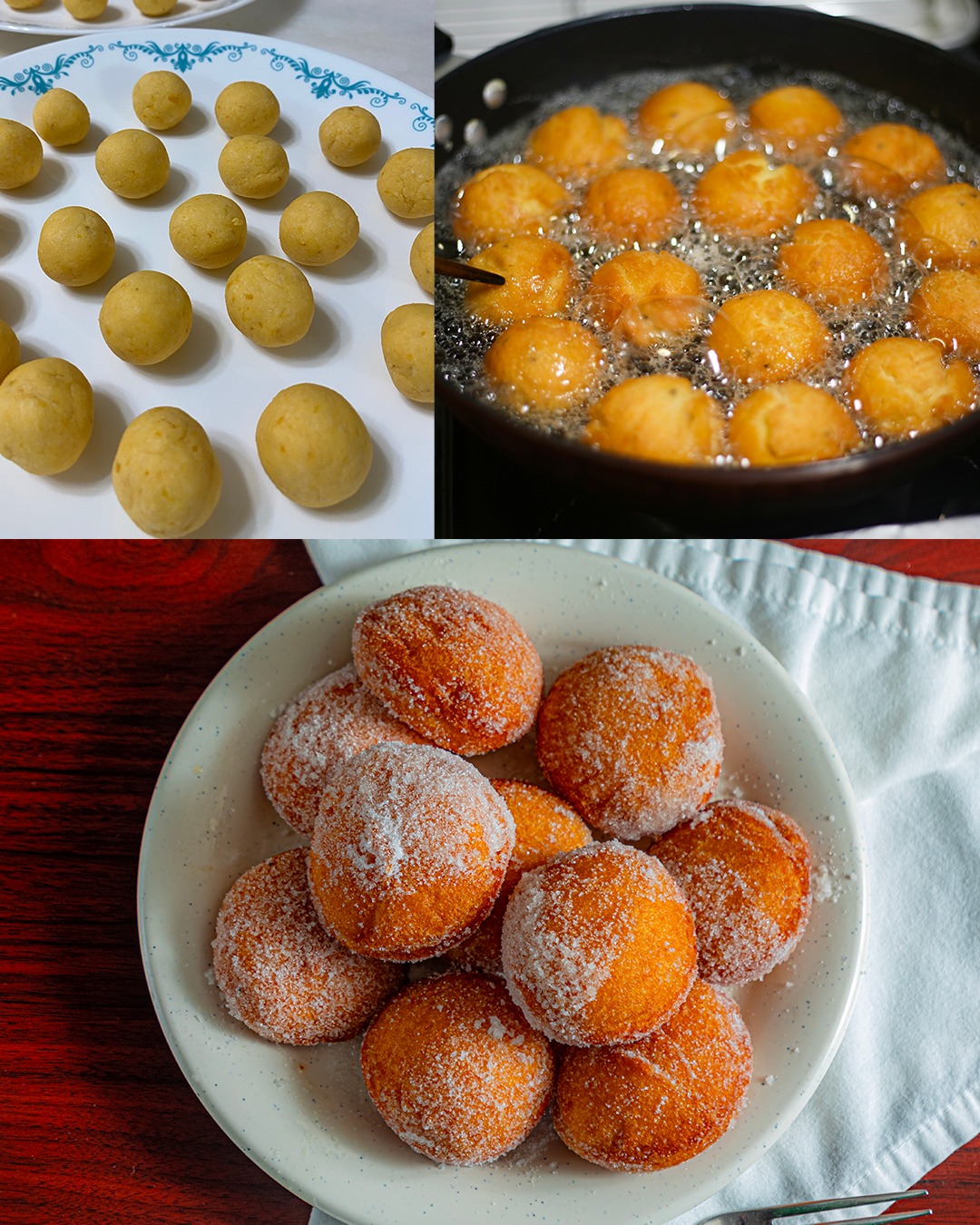ADVERTISEMENT
**The Delightful World of Carnival Chestnuts: A Comprehensive Guide**
Carnival chestnuts, often referred to as roasted chestnuts, are a quintessential part of winter celebrations, particularly during holiday festivals and carnivals. These sweet, nutty treats have become synonymous with the crisp, cold air of the holiday season. The smell of chestnuts roasting over an open flame, particularly in European and North American cities during the winter months, brings a sense of nostalgia and warmth to many people. But there’s more to carnival chestnuts than just their seasonal appearance and aromatic allure. This article dives into the history, preparation methods, benefits, and different ways to enjoy carnival chestnuts.
—
### **1. The History of Chestnuts and Their Connection to Carnivals**
Chestnuts have a long history that dates back thousands of years. Native to regions of Asia, Europe, and North America, chestnut trees have been cultivated for their nuts for centuries. These edible nuts have been a staple in various cuisines, particularly in Europe and Asia. In ancient Greece and Rome, chestnuts were used as food and even medicine, revered for their high nutritional value and ability to provide sustenance during harsh winters.
The tradition of roasting chestnuts began in Europe, where the winter months would often be cold and harsh. People would gather around roaring fires, roasting chestnuts in large metal pans. The aroma of chestnuts roasting over an open fire became a part of European culture, particularly in regions where chestnut trees flourished, such as Italy, France, and Spain. It is within these regions that the “Carnival Chestnut” tradition started, with street vendors roasting chestnuts during public events like fairs, carnivals, and holiday festivals.
Chestnuts have since made their way into American culture, particularly in cities with large immigrant populations, including New York City. One of the most iconic images of the winter season is the chestnut vendors in bustling city squares, selling freshly roasted chestnuts in paper cones.
—
### **2. What Makes Carnival Chestnuts Special?**
Carnival chestnuts are special for a number of reasons. One of the most notable aspects is their texture and flavor. Roasted chestnuts have a naturally sweet and slightly earthy flavor that becomes enhanced when cooked. The soft, fluffy interior contrasts beautifully with the crispy, charred skin, creating a unique and satisfying eating experience.
These chestnuts are often sold at outdoor festivals, holiday markets, and street corners during the colder months. Their popularity is partly due to their delightful taste, but also because they are incredibly portable and easy to eat while strolling through busy holiday markets or enjoying a festive carnival atmosphere.
But beyond their taste, carnival chestnuts also hold cultural and historical significance. For many, eating chestnuts roasted in open-air markets or at holiday events is a tradition passed down through generations. This makes carnival chestnuts not just a treat but an integral part of holiday festivities in many cultures around the world.
—
### **3. Types of Chestnuts: Sweet vs. Bitter**
Not all chestnuts are the same, and understanding the difference between sweet and bitter chestnuts is crucial when preparing them for roasting. While most chestnuts used for roasting are of the sweet variety, it’s important to distinguish them from bitter chestnuts, which are not typically consumed.
– **Sweet Chestnuts (Castanea sativa)**: These are the chestnuts most commonly associated with carnival chestnuts. Sweet chestnuts are large, round, and have a smooth, shiny outer shell. The flesh inside is soft and starchy with a slightly sweet, nutty flavor that becomes more pronounced once roasted. Sweet chestnuts are perfect for roasting, and they are the preferred variety used in holiday treats, chestnut stuffing, and roasted chestnut street vendor stalls.
– **Bitter Chestnuts (Castanea dentata)**: Bitter chestnuts are smaller and have a much harder, more astringent taste compared to sweet chestnuts. These are typically found in wild chestnut trees and are not recommended for roasting or eating raw. The bitterness in these chestnuts comes from tannins, which makes them difficult to enjoy in culinary applications. While they are not poisonous, they are generally not used for making carnival chestnuts or other chestnut-based dishes.
It’s crucial to always use sweet chestnuts when making carnival chestnuts. They are easier to roast and have the flavor profile that people expect from the famous treat.
—
### **4. How to Select the Perfect Chestnuts for Roasting**
Choosing the right chestnuts is key to getting the best roasted results. Here’s a guide to selecting fresh chestnuts for roasting:
– **Look for Firmness**: The chestnuts should feel firm to the touch. Soft chestnuts are likely old or damaged.
– **Check for Shiny Skin**: A good chestnut should have a smooth, shiny, and dark brown skin. Dull or cracked shells may indicate that the chestnut has dried out or is overripe.
– **Weight Matters**: Fresh chestnuts are usually heavy for their size. Pick them up and feel for any lightness, as this could indicate that the nut is dried out or has begun to spoil.
– **Avoid Holes**: Small holes or imperfections in the shell are signs of insects or mold, so avoid these chestnuts for roasting.
– **Look for a Sweet Aroma**: If you’re lucky enough to be able to smell the chestnuts before buying, check for a faintly sweet scent. A rancid or sour odor is a red flag.
The best chestnuts for roasting are usually available in late fall or early winter, when they are harvested. Always try to buy them in season for optimal flavor.
—
### **5. Preparing Carnival Chestnuts: How to Roast Chestnuts at Home**
Roasting chestnuts at home is simple and requires only a few basic steps. Below is a step-by-step guide to preparing carnival chestnuts for roasting:
**Ingredients:**
– Fresh sweet chestnuts
– Water (optional)
– Salt (optional)
For Complete Cooking STEPS Please Head On Over To Next Page Or Open button (>) and don’t forget to SHARE with your Facebook friends
